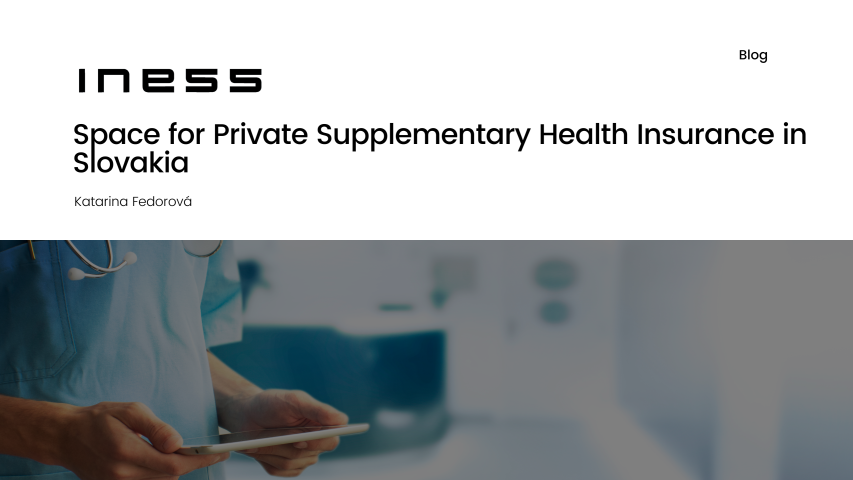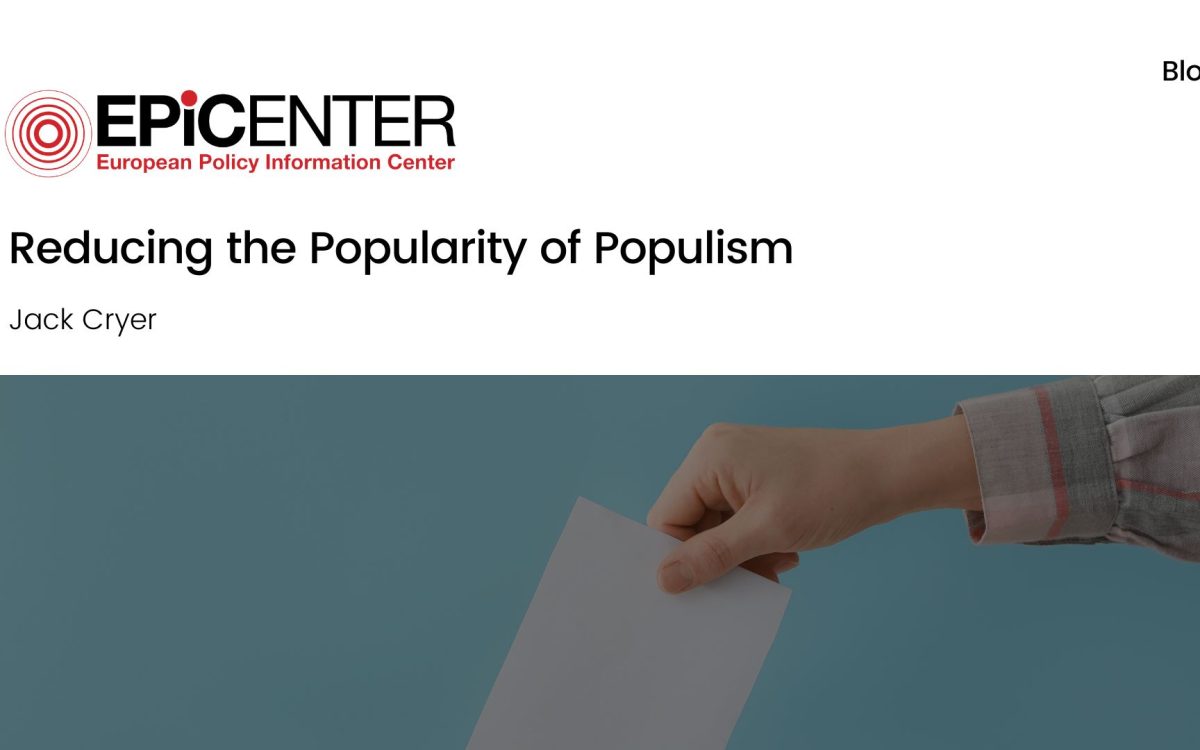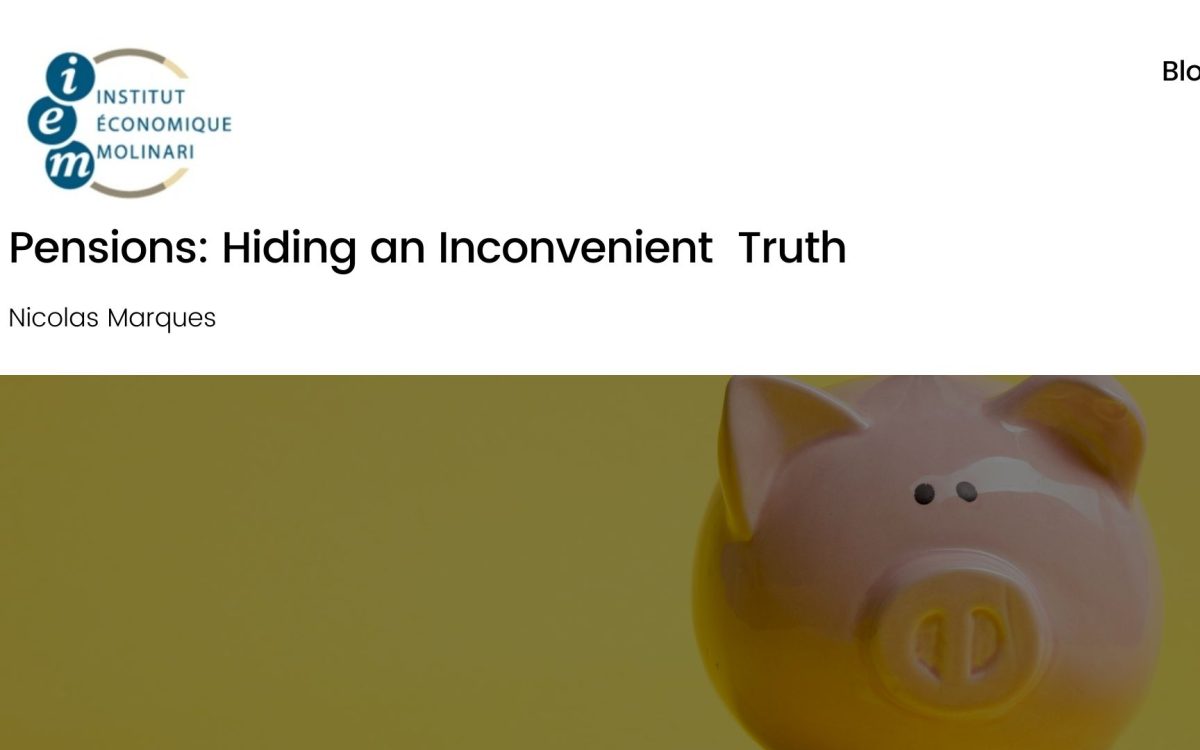Space for Private Supplementary Health Insurance in Slovakia

Space for Private Supplementary Health Insurance in Slovakia
Katarina Fedorová// 2 August 2023
Private supplementary health insurance is considered positively by a majority of Slovak politicians and the public. Yet, in the almost two decades after the 2004 healthcare reforms, no viable supplementary health insurance product has been introduced in the Slovak market.
If everybody wants it, why hasn’t a commercial supplementary insurance scheme been created yet? What scope does Slovak legislation offer? We answered this question in our new publication, Space for Supplementary Health Insurance in Slovakia. While the full publication is available only in Slovak, we offer our international readers an English summary of the findings.
The basic aim of public health insurance is to make necessary healthcare available to all insured persons, regardless of their income or health status. Needs are endless and resources are limited, so public health insurance should only cover clinically beneficial technologies that we can afford to pay for. From the point of view of public health insurance, the ‘standard’ is healthcare that delivers value for money and does not exceed the capacity of the public budget. Anything beyond this definition : can be covered by supplementary insurance
The reasons for buying supplementary health insurance can vary. In foreign studies, the most commonly cited reasons are the need to cover specific care, to speed up access to treatment, and to have a wider choice of healthcare providers. In addition to the actual medical coverage (procedures, medicines, and devices), three factors in particular come to the fore – comfort, quality, and time. We have considered these parameters within the framework of the current Slovak legislation. In doing so, we came to the following key findings:
- For medicines, medical devices, and dietetic foods, the standard is defined by public categorisation lists. Non-categorised technologies may be subject of supplementary health insurance.
- For preventive check-ups, higher frequency of check-ups, more procedures within check-ups, and their extension to other specialties (cardioprevention, oncoprevention, sports medicine) can be insured.
- Supplementary health insurance can cover optional vaccinations and other currently uncompensated medical procedures, e.g., non-indicated genetic and blood tests, alternative medicine and various ‘cures’ (e.g., high-dose vitamin C).
- Supplementary health insurance can cover the use of extra materials and procedures in dentistry that are not covered by public health insurance, e.g., dental implants, tooth sealing, dental hygiene.
- Securing an earlier appointment with the doctor, as well as the exact visit time, may be the subject of supplementary insurance after a legislative amendment, which will make scheduling appointments for an examination a separate service. Patients with ‘red flags, indicating a serious illness, such as cancer, will be referred to a specialist promptly, regardless of whether or not they are individually insured.
- More time for examination can also be insured – the doctor will spend 10 minutes longer with the patient during the visit compared to the standard examination times under public insurance.
- Insurance can help provide individuals comprehensive health management services, with continuity of care. This can be ensured through the greater involvement of the general practitioner in arranging visits with specialists within the health insurance company’s contractual network, as well as by covering consultations with non-contractual providers. Concierge services could also be insured on an individual basis, and the handling of various administrative procedures could be simplified.
- Non-indicated home care is currently provided on a direct reimbursement basis and may be subject to supplementary health insurance.
- Telemedicine offers wide scope for integration into a supplementary health insurance product. In addition to offering the possibility of consulting (second opinion) with doctors in Slovakia and abroad, supplementary health insurance can also cover packages for clients in a particular situation (e.g., pregnant women, parents of young children) or with a particular interest (e.g., healthy lifestyle). Telemonitoring may also be considered as a product for patients requiring a higher level of support during illness and return to normal life.
- Better accommodation and meals during hospitalisation and greater choice of health professionals are possible options for supplementary health insurance products.
- Further space for supplementary health insurance can be created by reassessing the benefits and costs of currently publicly covered services such as non-emergency transport, spa treatment for individual diagnoses currently covered by the public scheme, and so on.
From a legislative standpoint, creating space for supplementary health insurance in Slovakia is easy – the policymakers basically just have to take a ‘red pen’ and cross out all the unenforceable and unenforced provisions, legal contradictions, and duplications. A new catalogue of medical procedures is excepted to be codified in Slovakia in next year, which will have the potential to further open the legal space for supplementary health insurance.
The reasons why we do not yet have supplementary health insurance in Slovakia, however, are not technical. Launching supplementary insurance is politically costly. Faced with people who have ‘paid their dues all their lives’ and now have to put up with being overtaken by someone who has paid for supplementary health insurance is difficult. It is also difficult to explain that there will be no exemptions, no double contributions, and that ‘free healthcare’ has its limits.
But it is certainly something to be tried. Commercial healthcare insurance exists in various European countries (e.g., Austria, France, Denmark, Luxembourg, the Netherlands), either in addition to (supplementary) or instead of the public system. All these countries appear to have maintained social reconciliation.
Download or share this blog post
EPICENTER publications and contributions from our member think tanks are designed to promote the discussion of economic issues and the role of markets in solving economic and social problems. As with all EPICENTER publications, the views expressed here are those of the author and not EPICENTER or its member think tanks (which have no corporate view).



